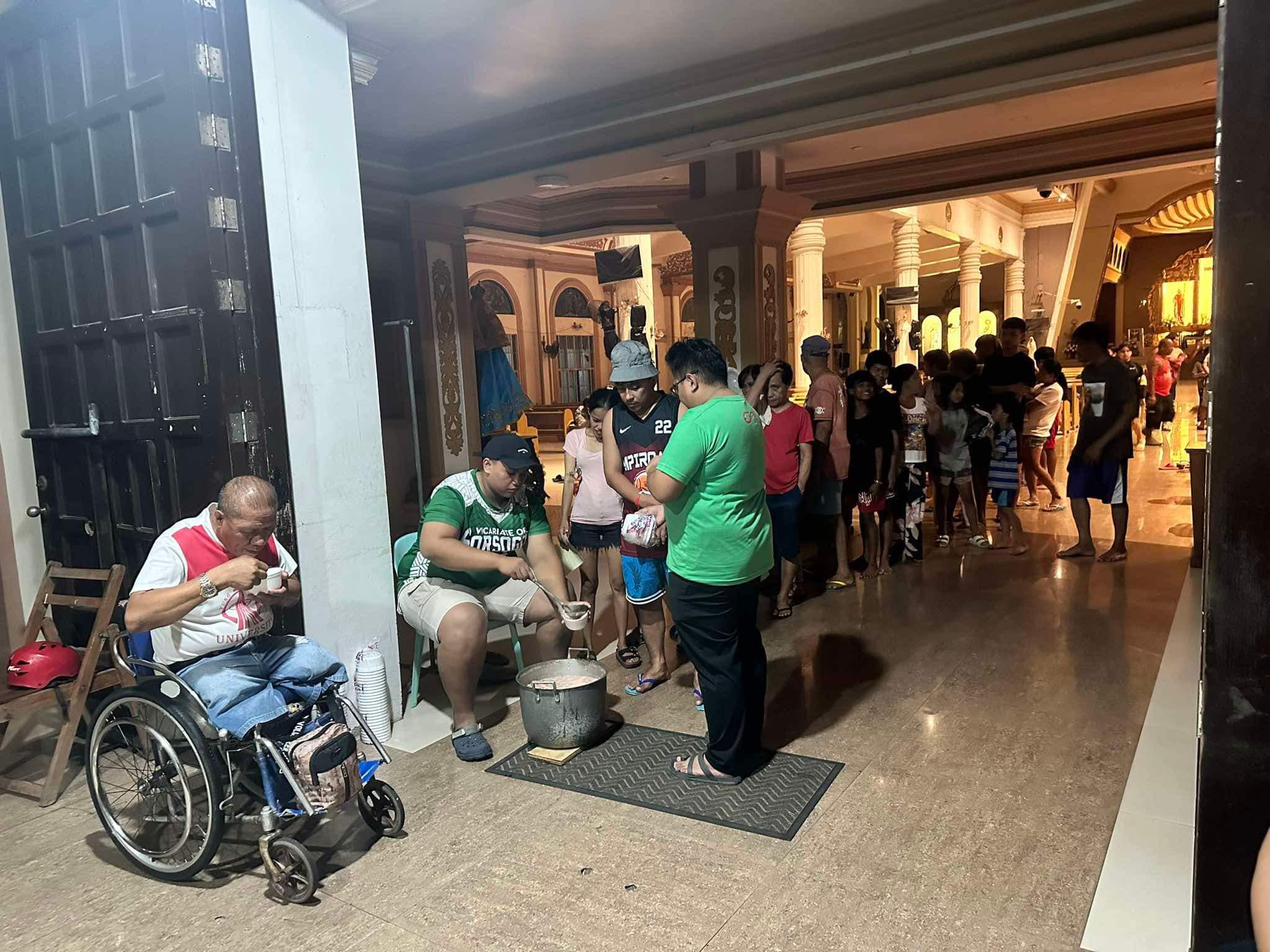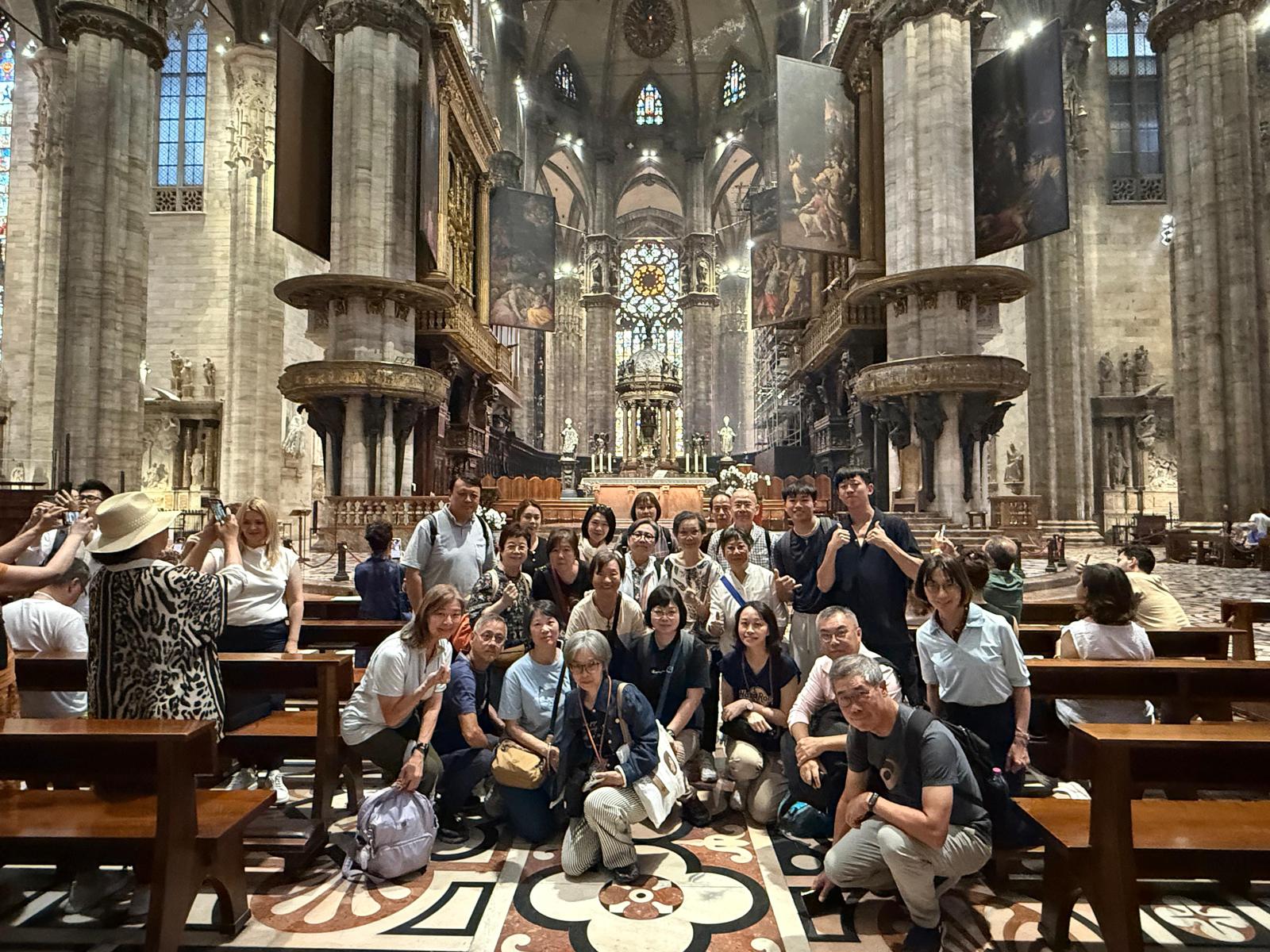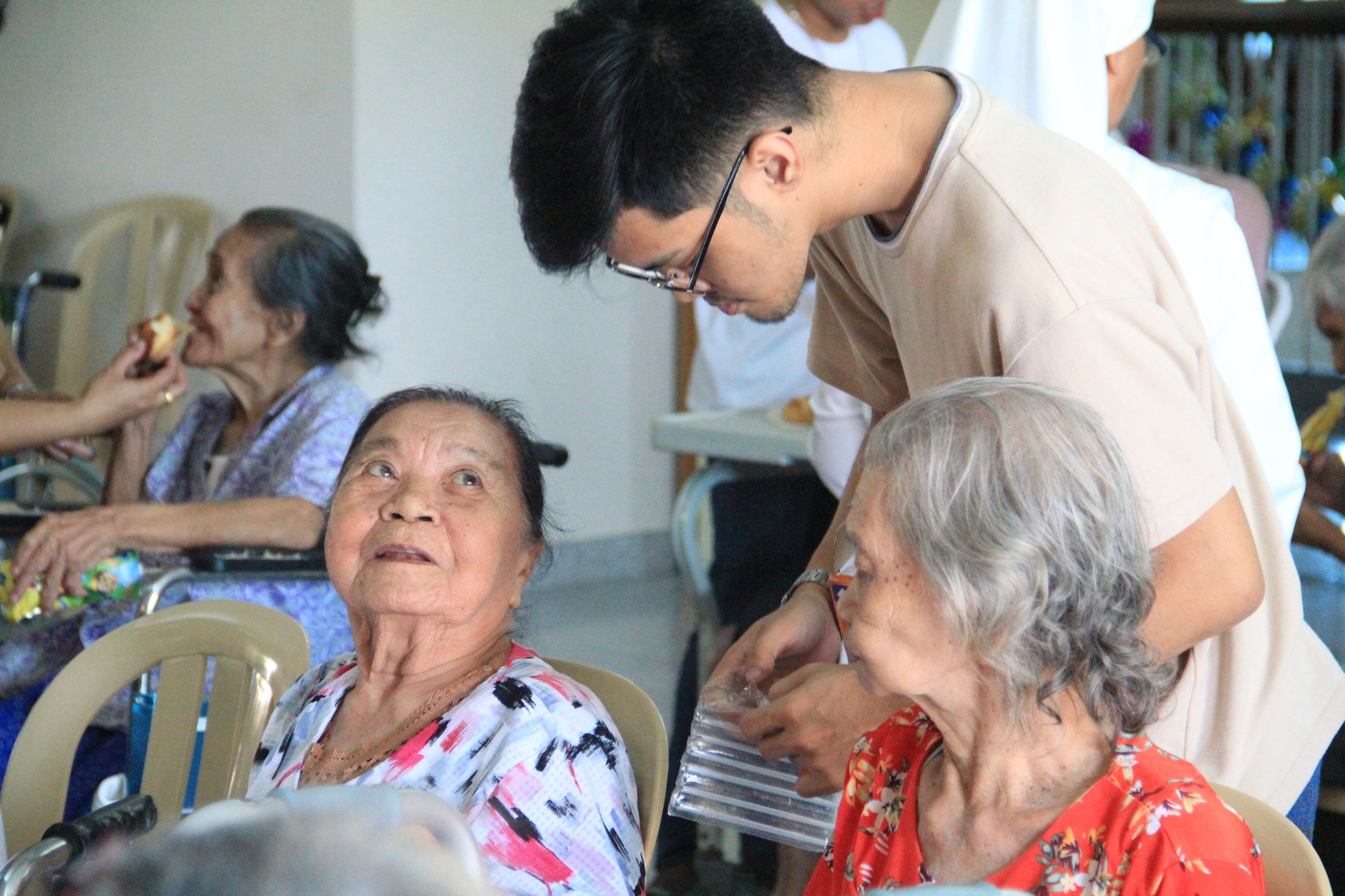Fr Leonard E Dollentas
On November 8, 2013 the Philippines was struck by powerful typhoon Yolanda (International name Haiyan). At least 6,300 people died from the disaster according to the National Disaster Risk Reduction and Management Council (the Philippine government-run disaster agency), causing 89.6 billion pesos ($184 million) in damage to houses, bridges, roads and other infrastructure in the areas the typhoon traversed.
While it barreled through the Visayas and some surrounding provinces, Tacloban was directly devastated. The survivors were left with nothing. Along with the national aid and help from the international communities, the Church has extended her helping hands through various charities to augment the innumerable needs. It was a manifestation of love and unity among Filipinos. Suffering was tremendous among the survivors, some even claimed it would have been better if they would have died to be free from the grief and distress they injured.
The Philippine church silently grieved with the people and urged its faithful to assist the survivors. Priests and religious responded zealously to find ways to help. Since the help was concentrated in Tacloban, I decided to survey Samar, another devastated area in the Visayas. Immediate help was given by the national government of the Philippines and the international aid was awe-inspiring. These helps however were temporary, they were relief for the time being. Sustainable help is needed to support people regain their lives. Livelihood is needed when the temporary aid diminishes. Since the affected people in Samar were along the coastlines and most were fishermen, they needed new boats so they could go back to fishing. This is how the “Love Boats Project” was born.
I started with 10 boats in December of 2013, a month after the typhoon. I never realized others would be inspired as well to help. My relatives, friends and parishioners wanted to give and to help the families who were left with nothing. To the 10 boats were added another 10 and another 20, until I decided that I will dedicate my time to address this need.
The Love Boat Program for the Poor
Before we decided how to help them, I listened to what the people actually needed and wanted. The program was concentrated in Eastern and later in Northern Samar, particularly in Catarman. The program progressively developed after gradually responding to other needs that essentially have to be addressed in the situation of the poor.
The Program consisted of seven sections: (1) Recipients were identified and recommended by local leaders; (2) Ecology/Care for the environment and God’s creation training and tree planting; (3) Boat distribution with the boat donor present; (4) Training on Smoke Fish (“tinapa”) production for wives or mothers; (5) Basic Financial Literacy; (6) Credit Cooperative Building; (7) Christian Formation (Small Christian Communities)
It is not just giving and distributing boats. It also involved training in livelihood and self-sufficiency, forming them to be grateful to God and His creation, to know God and to love Him.
Helping the Poor — Liberation for the Rich
A good number of people were inspired to take part in the funding of the program. I employed an ample amount of ways to inspire my parishioners to join the program. It was a chance for them to feel the real meaning of being a church, and a church for the poor. The challenge introduced them to enter into solidarity with the poor. This solidarity helped them realize later their own personal paradigm shift, that the way they received God’s abundant love and blessings is through the way they share them to the living presence of the needy where Jesus said he is present. The social teaching of the Church is even more direct in its call to those who are rich to engage into action: “The more fortunate should renounce some of their rights so as to place goods more generously at the service of others” (Paul VI, Octogesima Adveniens no 23) Thus, in my parish community I made an unexpected challenge that made the eyebrows of the rich and “noble ladies” rise sky-high: those who usually feasted splendidly on their birthdays were invited to make their celebrations simple and unflashy, and the savings to be given to the program; those who were shopaholics were to reduce their trips to the shopping malls; those who were addicted to fashionable apparels had to put on sale the costly wears they have hoarded in their closets. All the proceeds were to be given to the boat program.
Golf tournaments were organized among the men to produce more boats for the poor. Children were inspired to save and refrain from buying the latest cellphone model: they too contributed to the helping of the poor. I initiated this challenge in my parish community by having a forage for my birthday and the savings kept for the program. This invitation reverberated in other communities and the participants supporting the program increased. They were invited to witness the boat distributions in Samar and meet their new fiends – the poor. Some of them decided to stay with the poor for few days. I’m elated to realize that they have discovered God in what they have done for the poor. Confidently, there have been an immense change in the lifestyle of those who have supported the program. The experience made them even richer after meaningfully taking part to empower the poor. This has resulted in some evident change in their perspective in life. After their experience with the boat program, they continued to find other avenues to contribute to the cause of poverty alleviation through other sustainable programs.
Just like the widow’s mite
It is but awe-inspiring to recall that not all those who have contributed to the program were rich — there were poor people who wanted to help the poor. One Sunday morning, I presided a Mass in another parish and after my Mass I mentioned the program to the church goers and the support it has been giving to the poor of Samar. After that Mass a sampaguita girl (a girl who sells flower garlands, in the Philippines flower vendors are normal phenomena at the entrance of the church especially on Sundays) approached me and handed me a crumpled 50-peso bill (about 10 MOP) informing me that she is giving the money as her contribution to help the poor in Samar. I hesitated and I thoughtfully refused the money. I knew she, and maybe her family, needed it more. The poor sampaguita girl was firm in her intentions: “Father it’s not for you, it’s for the poor in Samar, it’s a very small amount but please include this money when you buy one boat.” I have never been so much touched with such gesture of genuine charity and love for the poor, from another poor person.
The program produced 1,900 boats after almost a year and half. A number of other collaborators helped me realize the whole program, some doctors and dentists, people who volunteered to put up the mini-credit cooperative and conducted financial literacy programs. It has helped not only Catholics but other Christian denominations and Muslim families who were recipients of the boats.
The recipient communities were helped to develop their leadership skills so they can take over the monitoring of the program and revitalize their community rather than always depending on others to do so.


 Follow
Follow


